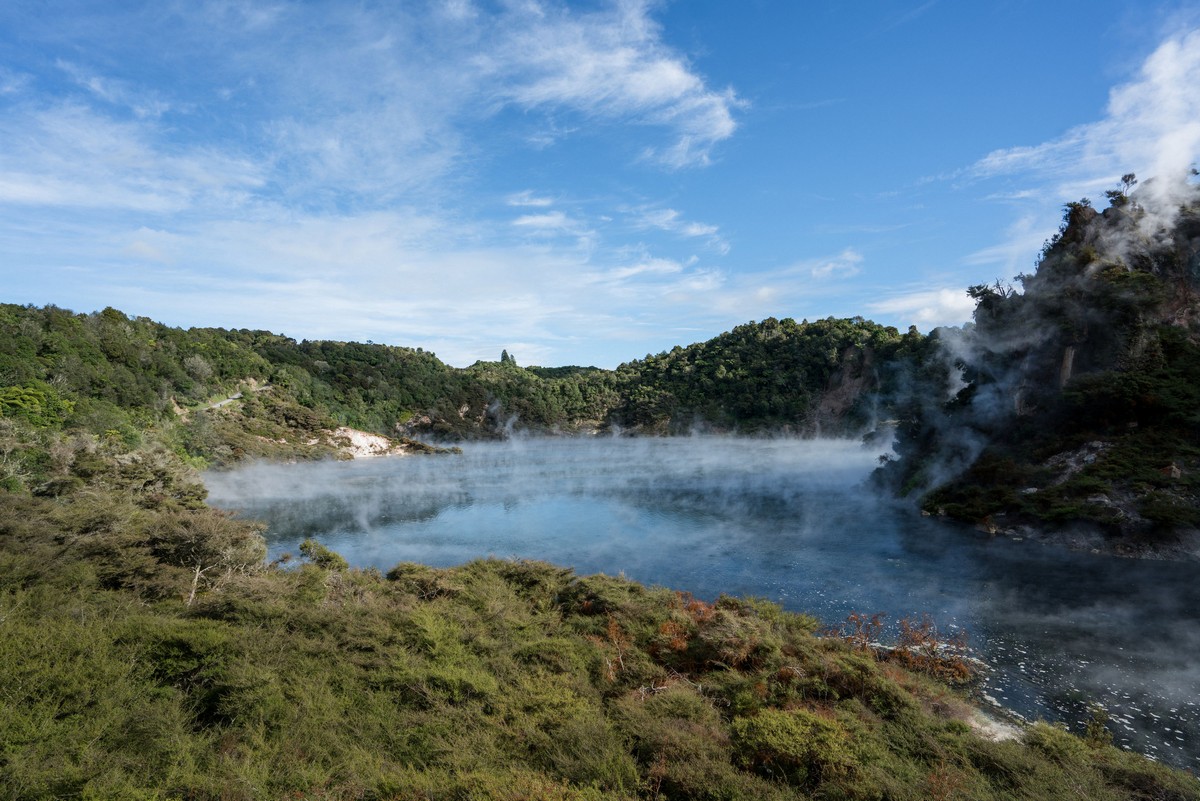The first inklings of a theory of volcanic superiority over lava-free mountains first came into existence 10 years ago when I first visited Kamchatka and climbed up my first volcano. It was during that ascent when I started to understand the reasons why I’m so attracted to volcanoes and not to inert mountains. And ever since then ideas of volcanic superiority have been developing into a near-complete theory, which I want to tell you about in this here blogpost.
Quick caveat: straight away I want to apologize to readers who are mountaineers, mountain walkers, or just plain mountain lovers, and also to those whose job it is to organize mountain expeditions. This text is in no way an attack on all things mountains; it’s just a collection of my own observations – possibly including mistaken ones.
I’ll start with a simple question:
How many countries have volcanoes as national symbols? Armenia, Tanzania, Japan… And how many have mountains as national symbols? Hmmm – can’t think of any except for Slovakia. Can you?
I suppose I could have ended this post here: the proof of the pudding volcanic supremacy is in the eating number of national symbols. But no, just to convince any of you doubters (including those who’ve already looked up Kriváň mountain:), I’ll continue. And I’ll begin with the simplest and most obvious preeminence: beauty.
Reason 1: Beauty. In my whole touristic career I’ve been to 24 volcanoes, and I do think you have to visit plenty of volcanoes to be able to boldly state they’re a better species of natural phenomenon than mountains. Well that’s that box ticked for me.
Of course there do exist beautiful mountains, but volcanoes resemble perfect pyramids a lot more often than do mountains. And should a mountain ever have similar characteristics shape-wise, then it’ll inevitably be referred to as ‘as beautiful as a volcano’.
Read on…









































